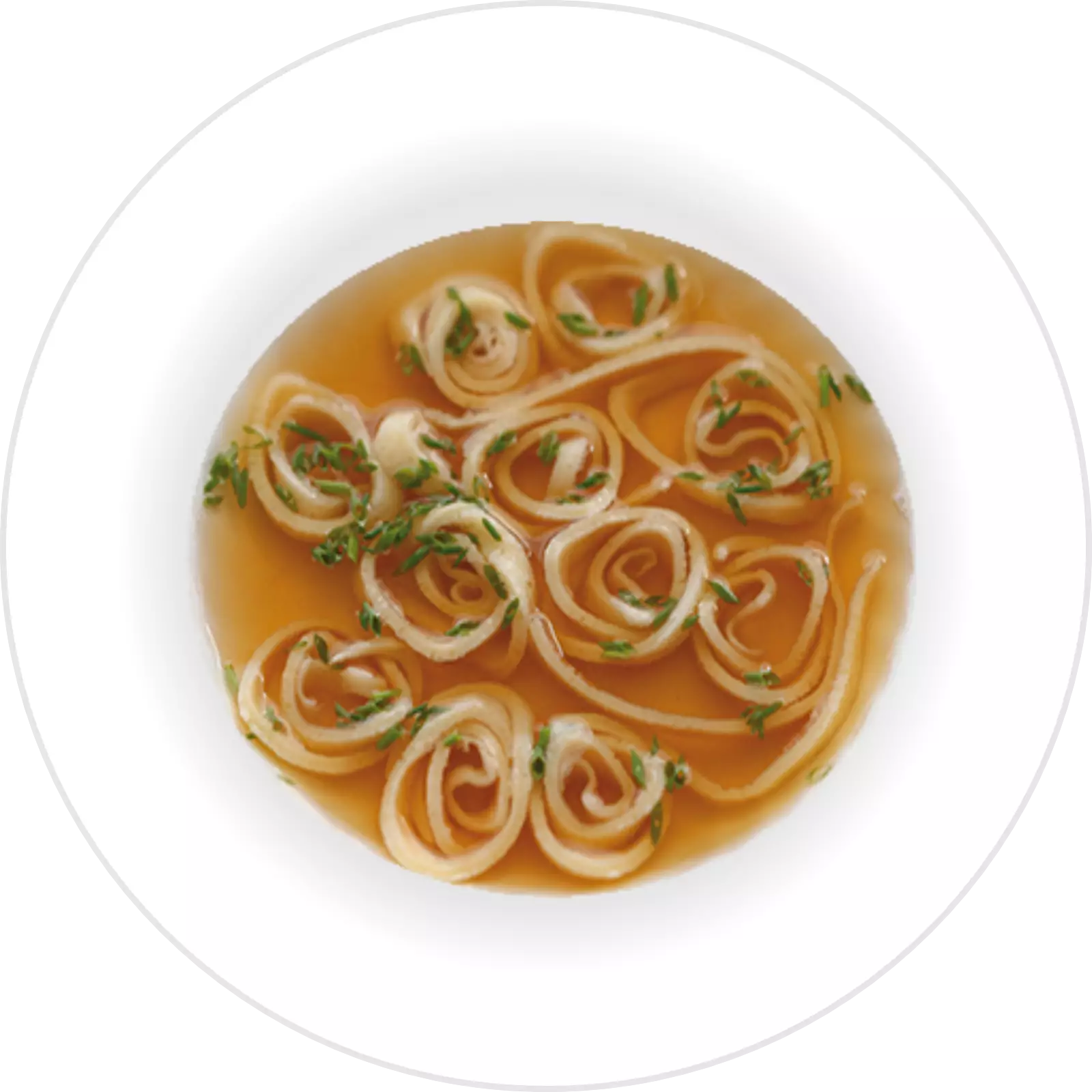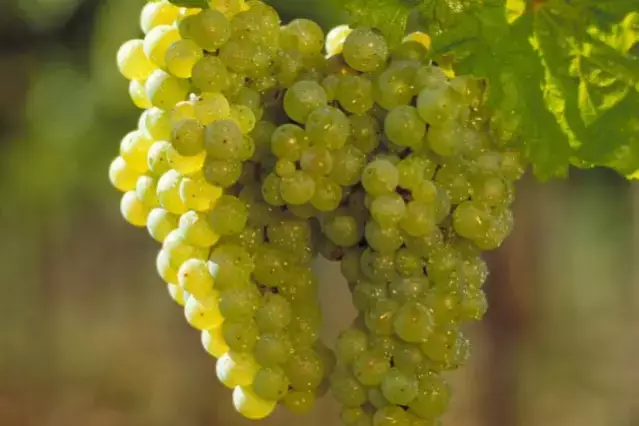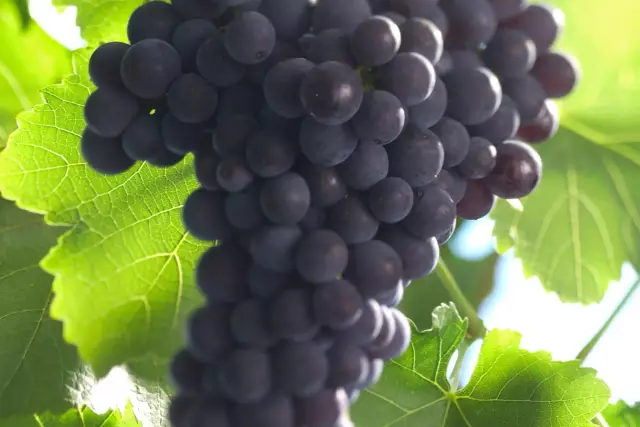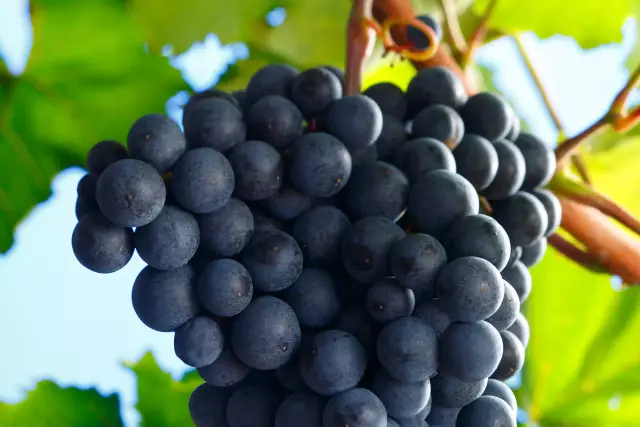Trollinger
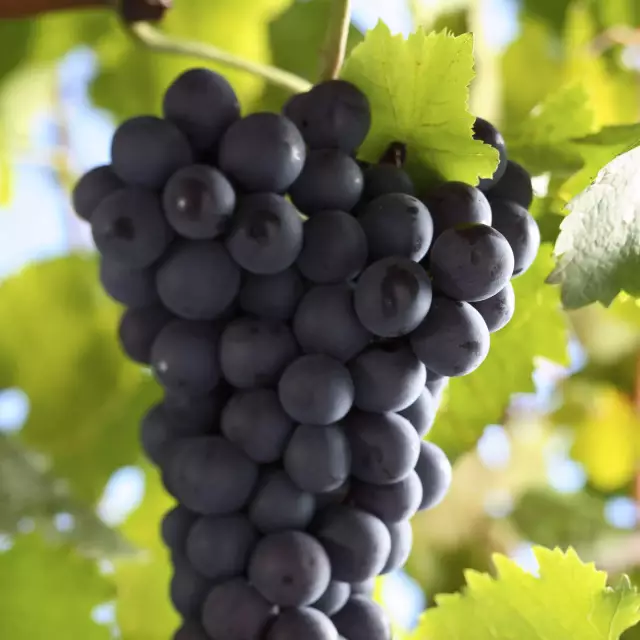
The Trollinger grape variety is grown almost exclusively in Württemberg and is characterised by its vigorous growth and high yields.
Facts
-
1.888 ha
Vineyard area 2023
Cultivation and significance
The Trollinger grape variety, which is mainly native to Württemberg, is a variety of Vernatsch (Grossvernatsch) and is characterised by its vigorous growth and high yields. Trollinger vines feel most at home on warm soils, especially on Keuper or shell limestone formations. The late ripening period, which is later than that of Riesling, requires a very good location, which should also be as frost-free as possible. Trollinger is a high-yielding variety with yields of 100 hl/ha; it can therefore also be planted on poor soils and thrive in extensive vineyards. The must weight usually remains in the quality wine range, with an average of 70 degrees Oechsle. The acidity is unusually high for a red wine at 7 to 10 g/litre. From 1960 to 1995, the German Trollinger area grew by around 1,000 hectares, reaching a spread of around 2,500 hectares. Over the last decade, the area has decreased slightly (2023: 1,888 hectares). In Württemberg, Trollinger (1,855 ha) is the most widely cultivated red wine variety, ahead of Lemberger and Schwarzriesling. There are virtually no Trollinger wines from vineyards outside Württemberg, with only 33 hectares - according to the statistics - not located in Württemberg. The concentration on one of the southernmost German growing regions is mainly due to climatic reasons, as the vine needs a long growing season to ripen. In addition, the wines have developed into a "Swabian national drink".
Vinification and flavour
The cellar masters make most of the wines into fresh, full-bodied and down-to-earth wines. It is a classic, lighter, German drinking wine with a certain residual sweetness. Wines with higher predicates are rare. The light wines do not need to be stored for several years, but are ready to drink the year after the harvest. Their fine floral aroma reveals a delicate muscat tone or a wild cherry flavour. The wines are usually a light red colour in the glass, in good years also ruby red. Weißherbst is also available. Blending with Lemberger is also widespread. The juicy berries are popular as table grapes.
Trollinger is often enjoyed with a hearty snack, but also goes well with a piece of white meat or neutral cream cheese.
At a glance
- Late ripening with high yields
- Requires a good, preferably frost-free location
- Flavour: strawberries, currants, cherries
What is the Trollinger also called?
In South Tyrol, the variety is known as "Vernatsch" (Italian: Schiava).
with semi-dry wines Flädlesuppe
with semi-dry wines
- 1 Bund Schnittlauch
- 1 Liter Fleischbrühe
- 150 Gramm Weizenmehl
- 300 ml Milch
- nach Belieben Speckschwarte zum ausreiben der Pflanne
- Etwas Salz
Make a smooth, not too thick batter from the flour, milk, eggs and a pinch of salt. Heat a heavy frying pan on a high heat, rub with bacon fat, pour in a small dollop of batter, allow to spread and fry thin pancakes (flädle).
<p
<p>Leave the pancakes to cool, halve and cut into thin strips.
Place in clear, very hot meat stock and serve immediately.
<p- Trollinger (halbtrocken & feinherb)
